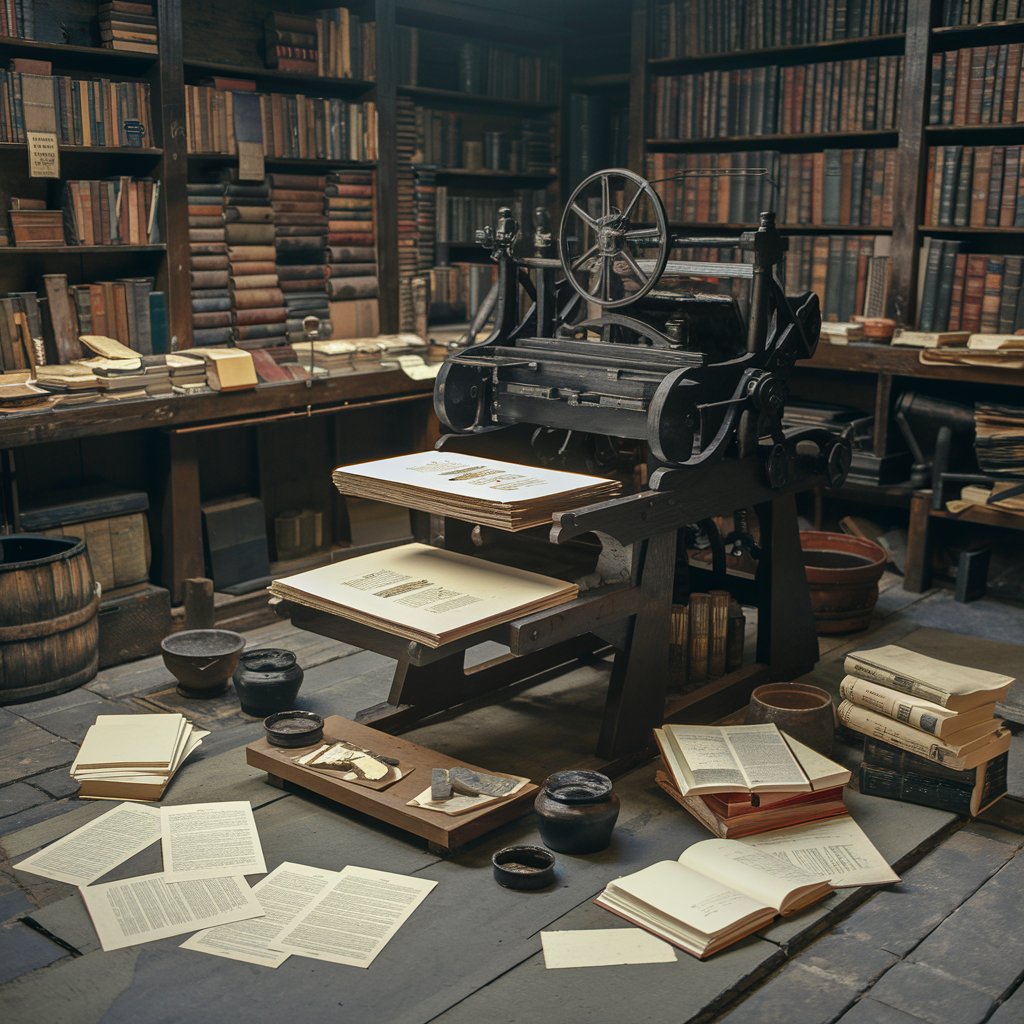Modern Era spans from the late 15th century to the late 18th century in Europe. This timeframe represents a fundamental transition between the Middle Ages and modernity. Historians often refer to this period as “early modern.” Despite some criticism of the term, it highlights profound changes in society, religion, and culture across Europe.

The Invention of the Printing Press
A crucial starting point for this period is Johannes Gutenberg’s invention of the printing press in 1450. This innovation made books more accessible. It also allowed for the mass dissemination of ideas, contributing to significant movements like the Reformation.
The Reformation and Its Impact
Martin Luther’s act of nailing his 95 Theses to the door of the Wittenberg Church in 1517 marked the Reformation’s beginning. This movement challenged the Catholic Church’s authority and led to various Protestant denominations. As a result, religious conflicts transformed European politics, culminating in the Thirty Years’ War.

The Rise of Reason: Enlightenment
As the Modern Era progressed, the Enlightenment emerged. Thinkers like Rousseau and Locke questioned established norms. They believed humanity could improve through reason. This new way of thinking laid the groundwork for political revolutions, such as the French Revolution.

The Age of Discovery
This Era also witnessed exploration and discovery. Columbus’s arrival in the Americas in 1492 initiated an age of imperialism. European nations established global trade routes, which brought both wealth and exploitation to indigenous populations.

The Shift Toward Modernity
The Modern Era concluded with significant political and social transformations. These changes led to the establishment of modern states. Decisions made by kings and queens, along with industrial advancements, created a new world for Europeans. Society transitioned from feudalism to citizenship in nation-states.

Conclusion
The Modern Era brought radical changes that transformed European lives. The printing press made knowledge accessible. Revolutionary ideas challenged authority and laid the foundation for modern Europe. By studying these transitions, we can better understand the evolution of European civilization and its global impact.

